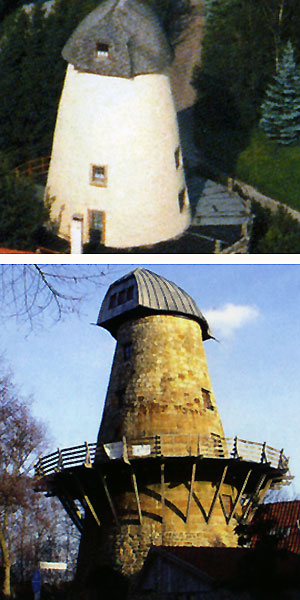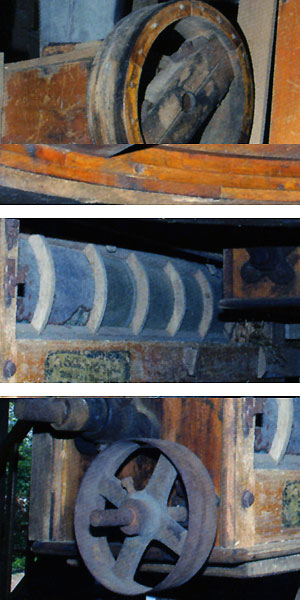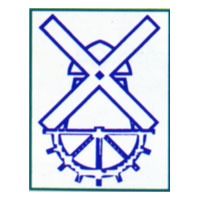Hoerstel Mill Route

The mill history starts long before our calendar system but, only the Frankish king Charlemagne, brought water and horse treadmills to the north German region. Windmills were established in Germany from the 13th-century onwards.
Documented evidence about mill in the area of the town Hörstel go back as far as the 13th-century.
There were hammer, fulling, oil, pearl-barley grain and corn mills. The Friedrich-Wilhelm-Eisenhütte used the water power to drive the technique.
Of the two preserved historical mills in Hörstel are windmills without sails and they are inhabited.
Three water mills have been preserved as technical monuments. They have the techniques of: grinding stones, reciprocating saw and turbine.
Two are also used as meeting places.

The mill route around Hörstel takes you to the following mills:
Reinings Mill in Dreierwalde
Knollmanns Mill in Hörstel
Klostermühle Gravenhorst in Hörstel
Levedags Mill in Bevergern
Mill Brumleyhof in Riesenbeck
Kleimühle in Riesenbeck
Pferdegöpel in Riesenbeck
Edelbusch´sche Mill in Rodde
Short mill explanation:
Hammer mill: breaking of hemp and flax
Fulling mill: compacting and fibre mingling of woollen material
Oil mill: oil is being won from fatty seeds
Pearl-barley mill: peeling and milling of barley
Corn mill: grinding and milling of grain
Sawmill: sawing wood
Turbine: modern replacement of water wheels, in use for generating power today.

Deutsche Gesellschaft für
Mühlenkunde und Mühlenerhaltung e.V.
(DMG)

